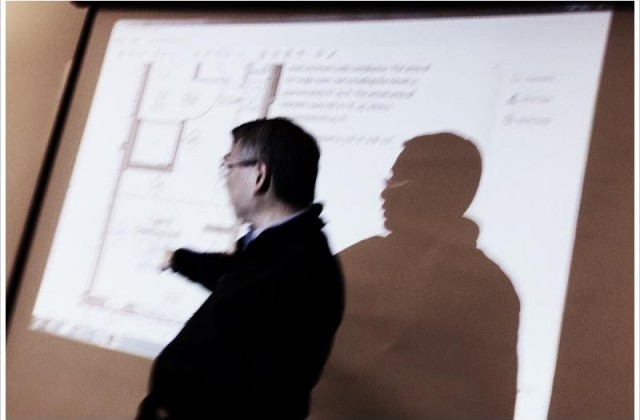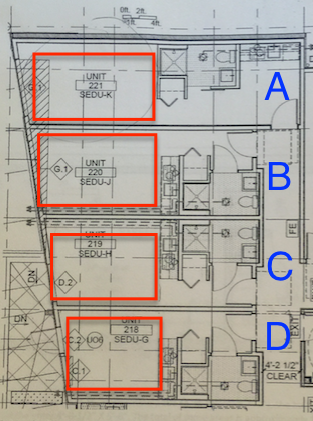What’s Happening at the Habitability Committee?
The battle over microhousing ended in Seattle with the forces opposed to small, congregate living winning almost completely. The most affordable approach to microhousing included small rooms including a bathroom, a sink, a refrigerator, and a microwave, clustered around a shared kitchen forming a unit. This model of microhousing provided great location, lower overall monthly rent, a greater number of units, and lower costs to build. The Council compromised with opponents (who’d have rather seen a mandate for bigger units with parking), replacing congregate microhousing with units with kitchens and a minimum size of 220 square feet. David Neiman details the progression of how the rules have forced bigger, more expensive units. But what happens as units get smaller, the land use code starts to conflict with the building code making minimum sized units harder to achieve. A sub committee of the Construction Code Advisory Board, the City board that presides over the building code has been taking a look at this conflict.
The easiest way to call out the conflict of inches and feet that ends up pushing up the size of units is with a visualization of 4 small apartment units.
To start with, the building code requires that units (which I’ve labeled from top to bottom A through D) have a minimum space for living that is 150 square feet within the overall 220 SF. I called out, roughly, the living spaces in each of the units. All sorts of things eliminate square feet counting toward the 150 SF minimum, like built in closets, kitchen surfaces, and hallways. Because there is a slight curve to the building to include decks on the bottom two units, the space in those units gets constrained. Here’s what the livable area in each building looks like:
| Unit | Living Space (SF) | Compliant with Unit Minimum | Compliant with Building Code |
| A | 162 | Yes | Yes |
| B | 152 | Yes | Yes |
| C | 134 | Yes | No |
| D | 115 | Yes | No |
The question before the committee is are the last two units “habitable” and “livable.” The City’s Building Code presumes that a space falls beneath habitability when it doesn’t have 150 SF of living space. The argument is that once the living space becomes too small, there isn’t relief from having to move things around to get in and out of the unit and there may not be a place to sit, lie down, or eat meals.
On the other hand, there are other spaces in the units C and D including the hallways and the decks. But those don’t count toward the total. And is there something that happens when a units living space as determined by the building code falls to 149 SF or 115 SF? Some of us on the committee feel like the last two units are perfectly fine, and, when you include the deck space, are just about the same, in the end, as the other two units.
The challenge is where does that slide toward smaller and smaller stop? And our argument back is when does the push to make units bigger and bigger stop? One solution would be allow some percentage of the currently non-allowable space to be added into the 150 SF, so things like hallways or decks might keep the living space total at 150 SF. That means there wouldn’t be a lowering of the requirement, just a different way of calculating it.
In the end, we’ve been making the case that the Council’s intention was units of 220 SF, and as units get that small, it puts pressure on projects to meet that requirement as well as the 150 SF requirement too. It’s not surprising, since various uses take up space, and those uses (like a bathroom or a closet) aren’t necessarily lived in. But some compromise is needed, otherwise the incentive to distort design to meet both will mean fewer, bigger, and more expensive units. The committee is considering survey responses and other aspects and is hoping to make a recommendation by early February.



